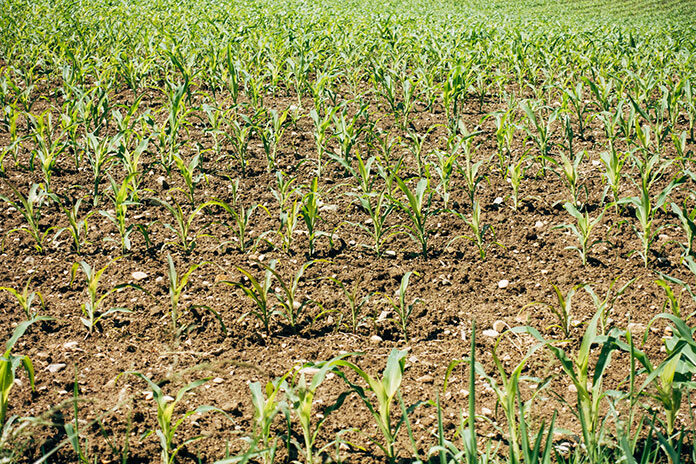It’s no secret the world and society are becoming more environmentally sensitive. Recently, particularly in the UK, regulators are focusing more than previously on phosphorus levels in the discharge from WWTPs (Wastewater Treatment Plants). Since phosphorus is dissolved in feedwater, one method of removing it is to change its form and cause it to precipitate or be filtered out. Chemical treatment can accomplish this. Another method is to introduce organisms that consume phosphorus. Biological phosphorus removal methods can accomplish this. This article will discuss the reasons for removing phosphorus and examine in more depth the methods for removing it from the plant effluent. Transcend Water, a world leader in designing wastewater treatment systems, has recently added the biological removal of phosphorus to its design options for phosphorus removal. We’ll talk a little more about that as well.
What’s the Objection to Phosphorus in WWTP Discharges?
Phosphorus (P) is a vital nutrient to plants, and in fact, it’s a significant component of both chemical and organic fertilizers. So it’s no surprise that phosphorus is also a major factor in water bodies’ eutrophication (gradual build-up of plankton growth encouragement).
While a small amount of plant growth is healthy, too much can make the water murky and cause algae blooms. These phenomena limit the access of oxygen and sunlight to the water, reducing its suitability for marine animal life.
In many rural locations, particularly in the UK, sewage effluent and agricultural run-off have been identified as significant sources of phosphorus. In response, many communities are tightening the requirements for phosphorus removal in wastewater management.
Phosphorus Removal Methods
Phosphorus removal can be accomplished chemically, biologically, or with a combination of the two methods.
Many large-scale WWTPs have long-established, successful phosphorus removal programs, but smaller plants have been slower to establish them. Some challenges unique to smaller, more rural WWTPs are:
- Only a few smaller WWTPs have attempted to adapt the processes used in larger plants, so a small plant operator has a limited experience base to draw from.
- Greater daily and seasonal variation in feedwater flows.
- They may be in harder-to-access locations.
- They may have less rigorous management and monitoring.
As the requirements for lower phosphorus levels are becoming a fact of life, smaller plants must find ways to meet them.
Space limitations restrict us to only a superficial treatment of these processes. An excellent source for a more in-depth understanding is this Frontiers in Environmental Science article.
Physico-Chemical Phosphorus Removal
These methods involve catalyzing a chemical reaction that converts the phosphorus to an insoluble compound that settles out in a sedimentation container or can be filtered out.
P-sorption in reactive media is another chemical process used in some plants. This method uses filter media that attract phosphorus molecules or ions.
The resulting sludge from these methods will have a high phosphorus content, making it potentially valuable for some uses. However, the phosphorus in the sludge will be in chemical compounds. The cost of separating it to make it usable may make these options less economical than the biological processes we’ll discuss further on.
Biological Phosphorus Removal Processes
Biological P removal has been getting more attention in recent years. While it’s deemed a cost-effective and ecologically sustainable option, its effectiveness depends on skilled operators. This may make it difficult to use in a low-volume rural area, though operators can be trained, albeit at a cost.
Aside from that, the biological processes are generally less expensive than chemical options. Its growing popularity with plant operators will undoubtedly lead to wider ranges of applications and advancements in efficiency and reliability. Its economical use of space is an attractive feature.
A relatively recent feature of biological P removal processes is PAOs (P-Accumulating Organisms) which can actually be grown on-site. Understanding of PAOs is continually expanding.
Transcend Water’s design generator (TDG) is a SaaS application that WWTP designers can use to circumvent the long manual design processes that have traditionally been the norm in the industry. This software has recently been upgraded to include biological phosphorus removal for conventional activated sludge designs.
To learn more about how the design generator can speed your plant design, including P removal, check out Transcend Water’s website.








